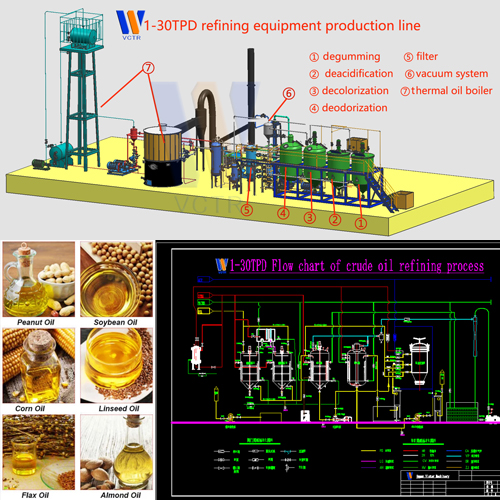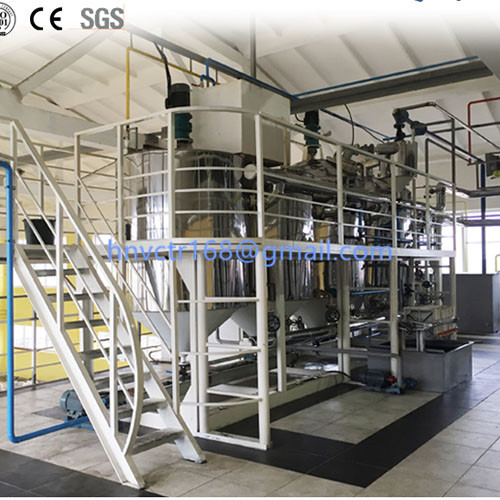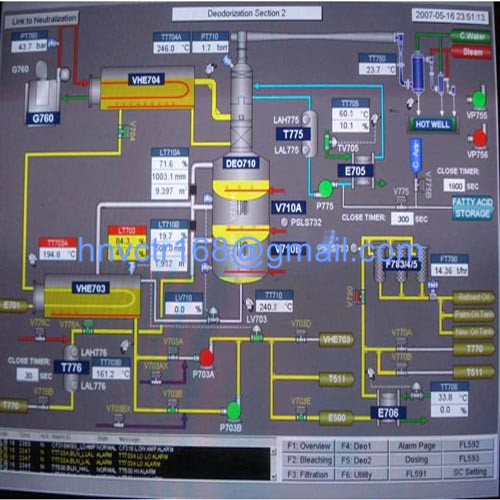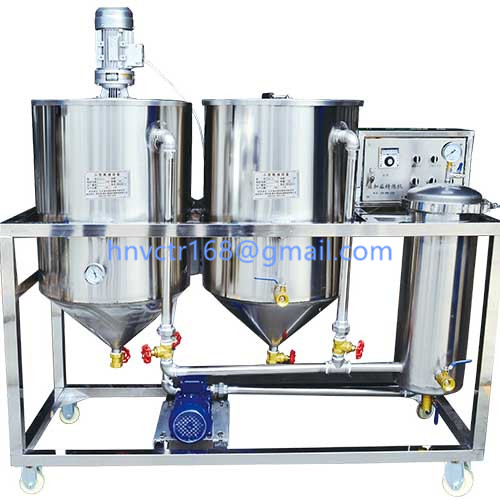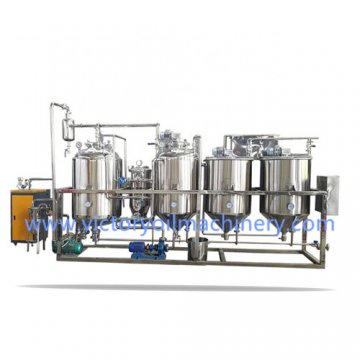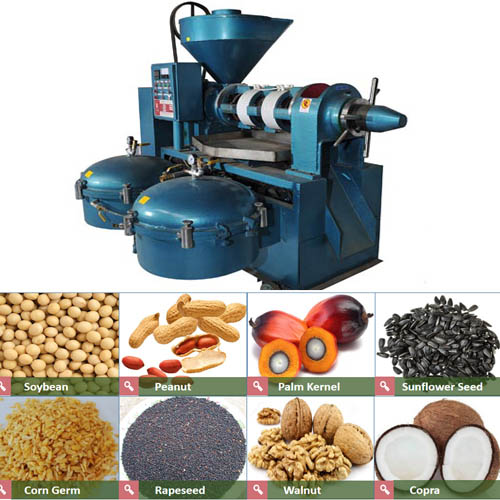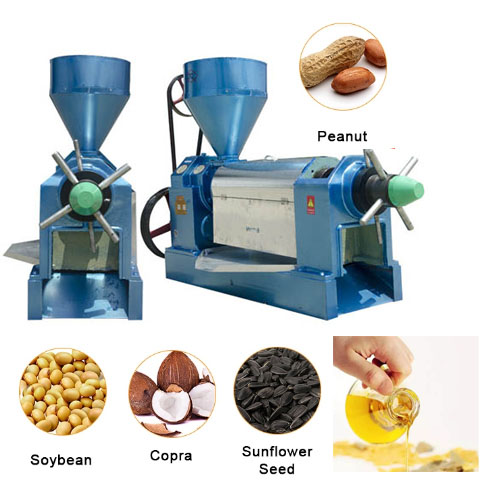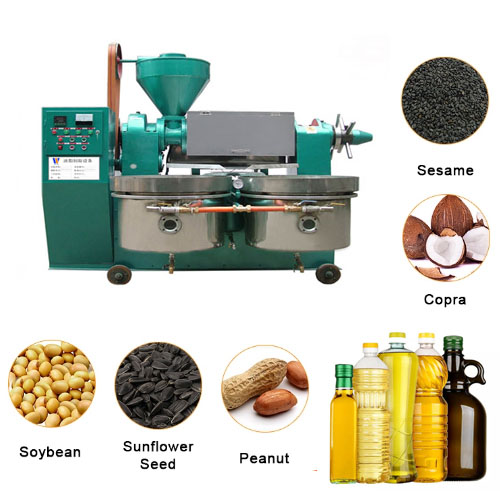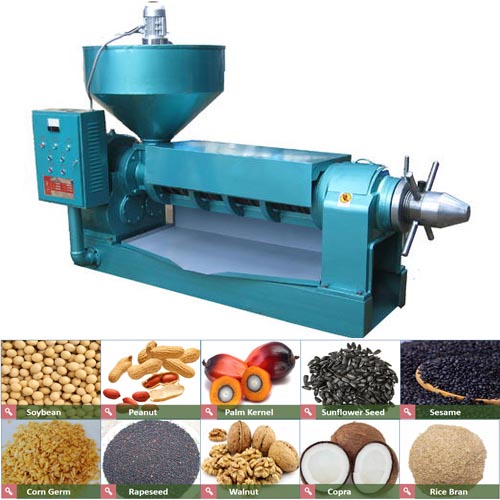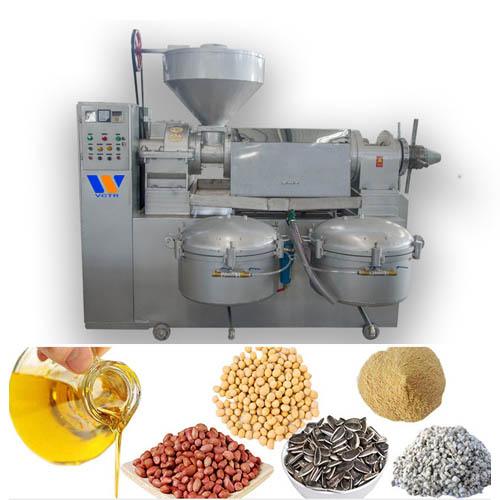Development history of oil deodorization process(part1)
The main ingredient of edible fats and oils is triglycerides, and pure triglycerides are odorless. However, various crude oils obtained by processing have different degrees of "natural gas smell". Such as sesame oil, peanut oil's natural fragrance, soybean oil has astringent taste and so on. Rancidity and deterioration of fats and oils during processing and storage will also produce peculiar odors. All these odors are collectively referred to as odors. These odorants include free fatty acids, low molecular weight aldehydes, ketones, alcohols, unsaturated hydrocarbons, solvents and so on. Some of their existence can be detected only in the order of 10-9. In addition, individual fats and oils have their own special flavors, such as sulfides such as isosulfate and oxazolidinthione in rapeseed oil, which must be removed.
Oil deodorization is the process of removing odorous substances in oils and fats, and it is an important step in the oil refining process. After chemical refining, crude oil also contains a certain amount of fatty acids and traces of aldehydes, ketones, hydrocarbons, glyceride oxides, soap smell, clay smell, etc. These low boiling point components constitute the "odor of oils" "Components, these odor components are generally low-molecular volatile substances that affect the flavor, odor, color and stability of oils and fats. Deodorization of oils uses the large difference in volatility between odor components and triglycerides. Under the conditions of high temperature and high vacuum, the process of removing odorous components by the principle of steam distillation.
Before the mid-nineteenth century, there was little or no oil refining demand. Edible oils (such as lard, olive oil, milk, etc.) are mostly unrefined, and even the unique flavor of these oils is attractive.
Early oil deodorization methods were patented in the mid-19th century, but they were not widely used. In 1869, the first substitute for butter was successfully manufactured. The increase in demand from the European margarine industry led to the development of edible oil deodorization technology. While margarine is constantly adopting new fat raw materials, the technology is also constantly improving. At the end of the 19th century, several batch-type deodorization systems were developed. This type of oil deodorization system was used for coconut oil and palm oil. Direct steam was injected into the system to heat and stir the fat.
The French Rocca continuously deodorized under normal pressure in 1900, and the Belgian De Bruyn filled the deodorizing tower with continuous countercurrent column sieve plates under normal pressure in 1900.
In the 1920s, Europe already had many batch-type deodorization plants. Important improvements such as operating under vacuum, using indirect heating to increase the temperature, passing overheated stripping steam to avoid oil hydrolysis, and deodorizing equipment using anti-oxidation materials. The first designs with these characteristics were French E.Bataille and German Lurgi deodorizers, which were most widely used in Europe since 1916.
Information source: Oilsengineer Translation:Henan Victor Machinery Equipment Co. , Ltd.
Oil deodorization is the process of removing odorous substances in oils and fats, and it is an important step in the oil refining process. After chemical refining, crude oil also contains a certain amount of fatty acids and traces of aldehydes, ketones, hydrocarbons, glyceride oxides, soap smell, clay smell, etc. These low boiling point components constitute the "odor of oils" "Components, these odor components are generally low-molecular volatile substances that affect the flavor, odor, color and stability of oils and fats. Deodorization of oils uses the large difference in volatility between odor components and triglycerides. Under the conditions of high temperature and high vacuum, the process of removing odorous components by the principle of steam distillation.
Before the mid-nineteenth century, there was little or no oil refining demand. Edible oils (such as lard, olive oil, milk, etc.) are mostly unrefined, and even the unique flavor of these oils is attractive.
Early oil deodorization methods were patented in the mid-19th century, but they were not widely used. In 1869, the first substitute for butter was successfully manufactured. The increase in demand from the European margarine industry led to the development of edible oil deodorization technology. While margarine is constantly adopting new fat raw materials, the technology is also constantly improving. At the end of the 19th century, several batch-type deodorization systems were developed. This type of oil deodorization system was used for coconut oil and palm oil. Direct steam was injected into the system to heat and stir the fat.
The French Rocca continuously deodorized under normal pressure in 1900, and the Belgian De Bruyn filled the deodorizing tower with continuous countercurrent column sieve plates under normal pressure in 1900.
In the 1920s, Europe already had many batch-type deodorization plants. Important improvements such as operating under vacuum, using indirect heating to increase the temperature, passing overheated stripping steam to avoid oil hydrolysis, and deodorizing equipment using anti-oxidation materials. The first designs with these characteristics were French E.Bataille and German Lurgi deodorizers, which were most widely used in Europe since 1916.
Information source: Oilsengineer Translation:Henan Victor Machinery Equipment Co. , Ltd.

